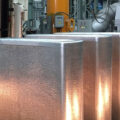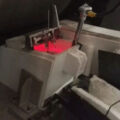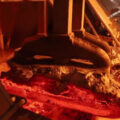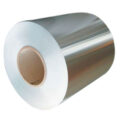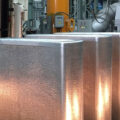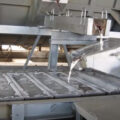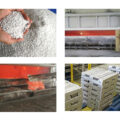With the improvement of aluminum foil quality requirements for aluminum foil downstream enterprises, aluminum foil manufacturers have higher and higher quality requirements for aluminum foil blanks. Based on the demand of various manufacturers to continuously reduce production costs, the use of cast-rolled materials to produce double zero foil has become the only choice for aluminum foil factories.
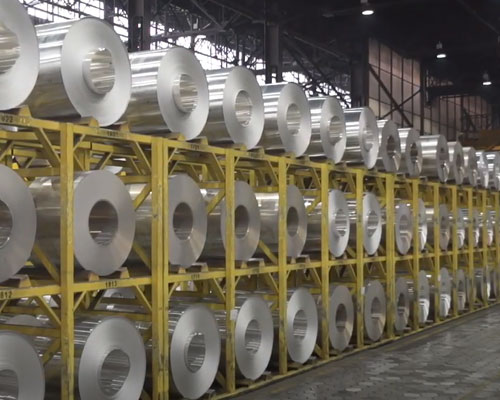
The production process of double zero foil casting and rolling is: electrolytic aluminum liquid + solid waste smelting → standing → refining → online refining and filtering → online refinement → casting and rolling.
The use of cast-rolled blanks shortens the process flow and avoids milling, preheating and hot-rolling procedures in the processing of hot-rolled blanks. These processes may bring unfavorable factors and defects to the aluminum foil process due to improper operation. The addition of electrolytic aluminum liquid in the casting-rolling smelting process saves the casting and remelting of aluminum ingots, reduces the energy consumption of remelting and casting, reduces aluminum burning loss, and has a greater impact on the profitability of the enterprise.
Although it is difficult to use electrolytic aluminum liquid directly, with the continuous improvement of casting and rolling equipment performance and continuous improvement of operating technology, the use of partial electrolytic aluminum liquid cast-rolling stock can fully meet the production requirements of double zero foil.
Requirements for the quality of aluminum foil blanks
(1) Melt quality of casting and rolling
The quality of the cast-rolled melt mainly refers to the purity of the melt metal, the slag content, gas content and alloy composition of the melt. It is required that the hydrogen content of the melt entering the front box must be controlled below 0.10ml/100gAl. Because of the mutual parasitic mechanism of slag and gas in molten aluminum. Therefore, as long as the hydrogen content can be controlled within the required range, the slag content will be reduced accordingly. The alloy composition should be uniform and the best control is in the middle limit.
The electrolytic aluminum liquid is an overheated metal with a lot of metal impurities. When electrolytic aluminum casting and rolling aluminum strip, first add 30% solid aluminum waste, and then add electrolytic aluminum liquid. The added solid aluminum waste must have a uniform chemical composition and be free of moisture, pollution, and debris. Before adding the electrolytic aluminum liquid, first remove the surface scum with a slotted spoon, and then add it into the smelting furnace after filtering. When producing high-quality strip products, the molten aluminum must be refined with a solid refining agent, and the surface scum can be removed before it can be added to the furnace. However, the hydrogen content and slag content in the electrolytic aluminum liquid are relatively high, and effective slag removal and degassing measures need to be taken during the production process of casting and rolling.
(2) The surface quality of the blank
The surface quality of the blank directly affects the surface quality of the aluminum foil. The surface of the blank is required to be clean, smooth, and corrosion-free. The surface is not allowed to have defects that affect the use, such as tropics, air passages, oil spots, holes, sticky rollers, transverse waves, longitudinal stripes, cracks, corrosion, scratches, black spots, Metal and non-metal indentations, etc.
(3) Internal organization
The grain size of the cast-rolled sheet is required to be one-level, and the fine and uniform grains directly affect the structure and performance of the processed products.

